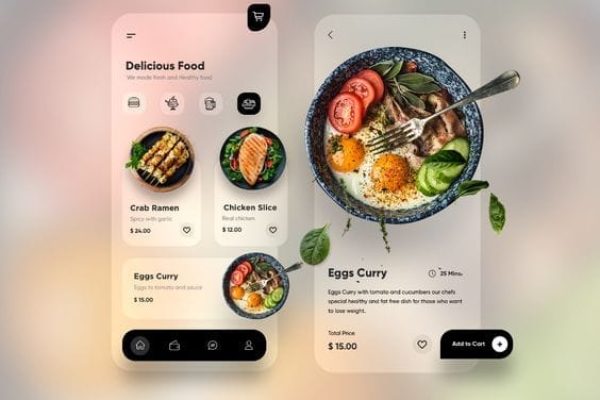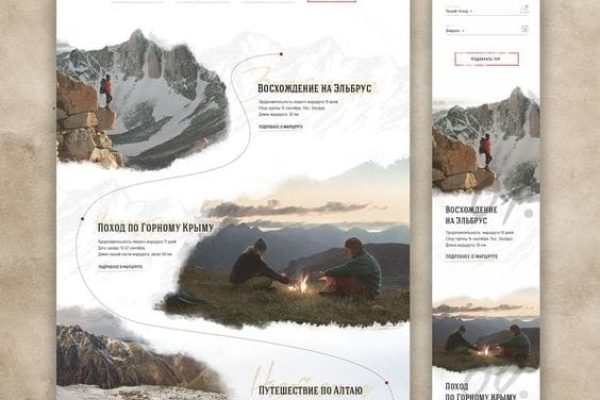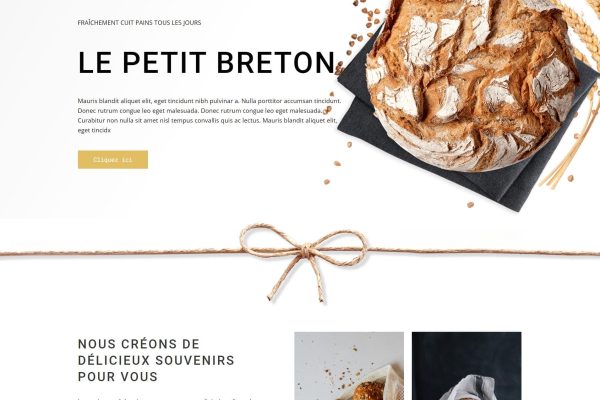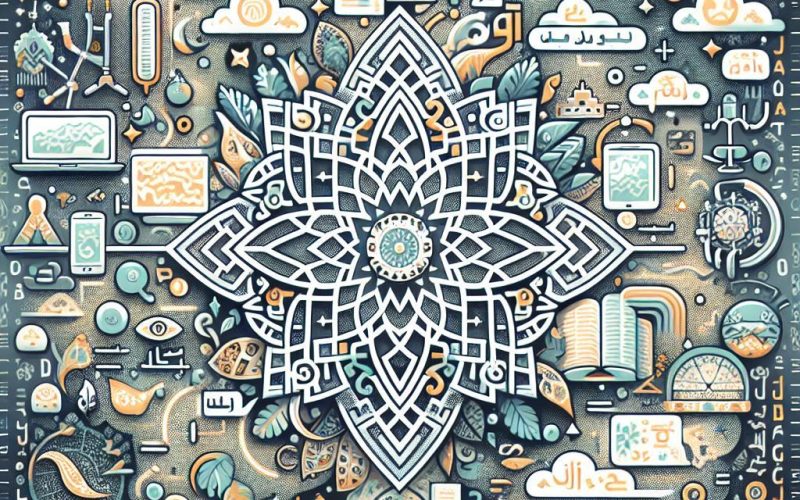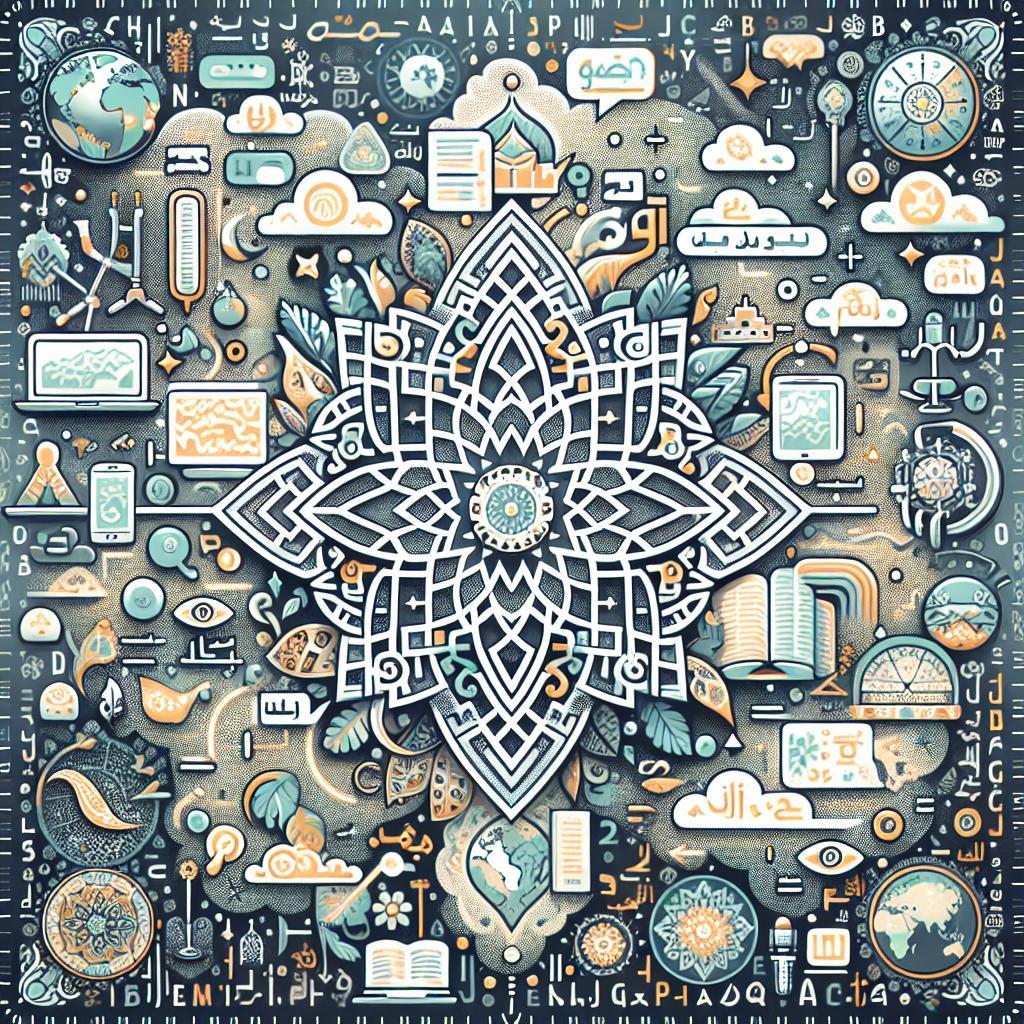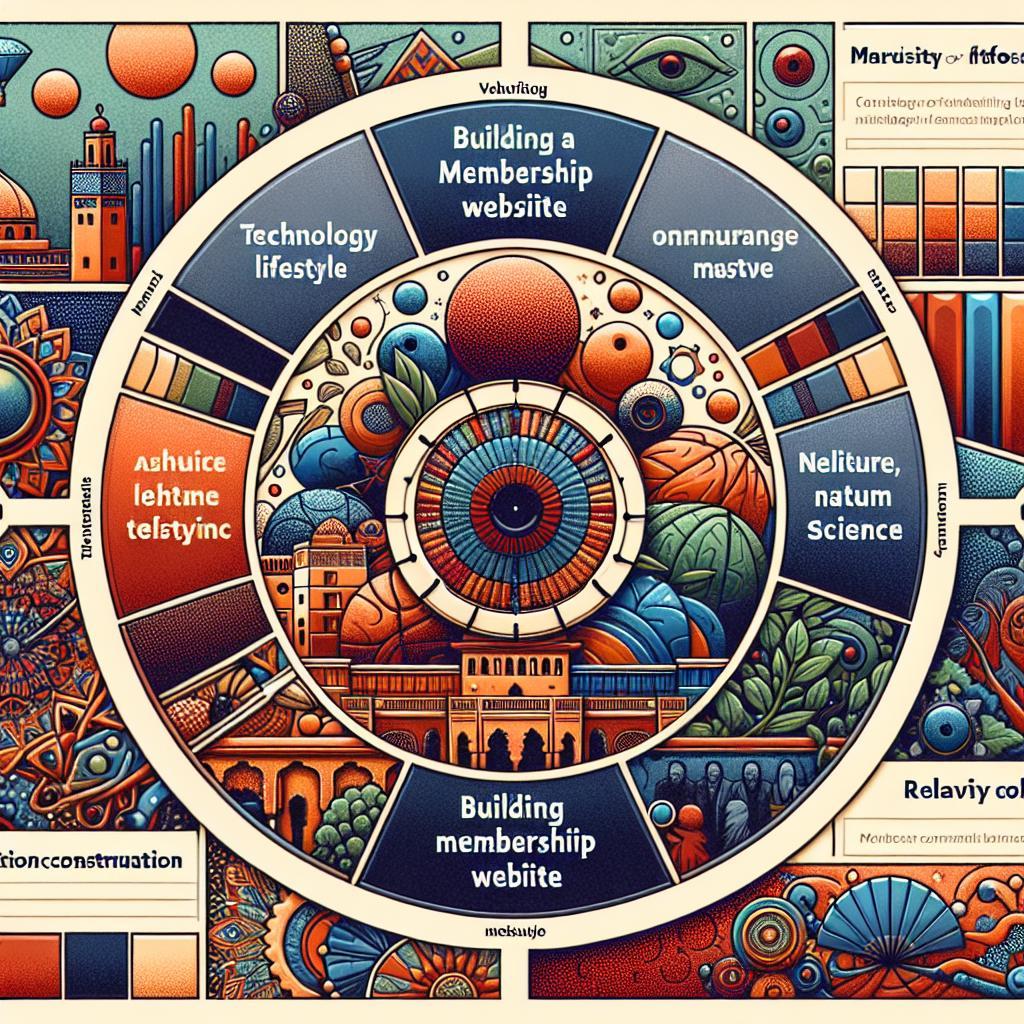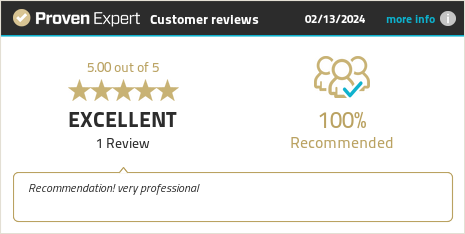In a world that thrives on connectivity and cultural exchange, the importance of language in shaping access and understanding cannot be overstated, especially in a vibrant and diverse nation like Morocco. Stretching from the sun-kissed shores of the Atlantic to the rugged peaks of the Atlas Mountains, Morocco boasts a rich tapestry of languages and dialects, encompassing Arabic, Amazigh, French, and Spanish, among others. As the digital landscape evolves, the need for businesses, organizations, and institutions to adapt to this multilingual environment becomes crucial. A multi-language website is not just a technological upgrade; it is a bridge that connects diverse communities, promotes inclusivity, and opens doors to opportunities in a global economy. In this article, we will explore why multi-language websites are essential in Morocco, highlighting their role in enhancing user experience, fostering local engagement, and ultimately driving growth in a country’s digital sphere.
Morocco’s linguistic landscape is a vibrant tapestry woven from the threads of Arabic, Amazigh, French, and English, demanding a nuanced approach to web accessibility. By leveraging multilingual content strategies,businesses can considerably enhance user experience. A website tailored to the linguistic preferences of its audiences makes facts more accessible and relatable. This inclusivity not only prevents language barriers but also allows local users to interact comfortably wiht online platforms, improving engagement and reducing bounce rates.Key benefits of such strategies include:
- Broader Reach: Engaging a diverse audience across linguistic divides.
- Enhanced User Trust: Users are more likely to trust businesses that communicate in their native tongue.
- Increased Accessibility: More users can access and navigate content easily, catering to various literacy levels.
Moreover, adopting a multilingual approach has significant economic implications. businesses can tap into new markets and boost sales by ensuring that their websites cater to the language preferences of potential customers. For instance, a monolingual website may only reach a fraction of the customer base, while a multilingual website can expand market share dramatically. To illustrate this, consider the following table showing projected growth potential:
| Language | Market Potential (%) | Examples of Engagement |
|---|---|---|
| Arabic | 60% | Increased local brand recognition |
| Amazigh | 25% | Cultural engagement through local content |
| French | 15% | Business partnerships with Francophone countries |
This language inclusivity fosters trust and establishes a better rapport with local audiences. When businesses communicate effectively and respectfully in the languages of their users, they illustrate a commitment to understanding cultural nuances.By prioritizing language inclusivity, companies not only build rapport but also establish themselves as vital parts of the communities they serve, ultimately driving success and loyalty.
Q&A
Q&A: Why Multi-Language Websites Are Important in Morocco
Q1: What languages are predominantly spoken in Morocco?
A: Morocco is a gorgeous mosaic of cultures and languages. The official languages are Arabic and Amazigh (Berber), while French is widely used in business, government, and education. English has also been gaining popularity, especially among the youth and in tourist areas. Acknowledging this linguistic diversity is crucial for effective interaction.
Q2: How does having a multi-language website benefit moroccan businesses?
A: A multi-language website allows businesses to reach a broader audience and cater to the diverse linguistic landscape of Morocco. By providing content in Arabic, Amazigh, French, and English, companies can tap into various market segments, fostering inclusivity and enhancing customer engagement.This adaptability can be a game changer in attracting and retaining customers.
Q3: What role does tourism play in the necessity of multi-language websites?
A: Tourism is a vital part of Morocco’s economy, attracting millions of visitors each year. As tourists come from different linguistic backgrounds,having a website in multiple languages ensures that they can easily navigate information about services,attractions,and local customs. This accessibility enhances their overall experience and encourages positive reviews and repeat visits.Q4: Are there any challenges businesses face when creating multi-language websites?
A: Yes, there are challenges, such as ensuring accurate translations that maintain the nuances of the original message. Additionally, companies must consider cultural sensitivities and preferences to resonate well with their target audiences. The investment in quality localization and ongoing maintenance can also be a hurdle for some businesses, but the long-term benefits frequently enough outweigh these challenges.
Q5: How do multi-language websites contribute to cultural preservation in Morocco?
A: multi-language websites play a significant role in preserving and promoting Morocco’s rich culture and heritage. By providing content in Arabic and Amazigh, they help to keep these languages and customs alive in the digital age. This cultural representation not only educates the global audience about morocco but also instills pride among the local population.Q6: Could you give an example of a triumphant multi-language website in Morocco?
A: One notable example is the website of Morocco’s tourism board, which offers information in several languages including Arabic, French, and English. It effectively showcases the country’s stunning landscapes, cultural heritage, and culinary delights, thereby attracting a vast array of tourists.This multilingual approach helps to position Morocco as a welcoming and accessible destination.
Q7: What future trends can we expect regarding multi-language websites in Morocco?
A: As technology continues to evolve, we can expect a rise in AI-driven translation tools that will make it easier for businesses to create and maintain multi-language websites. Moreover, an increased focus on user experience will drive the demand for localized content that resonates with different cultural contexts. This bow to diversity in digital spaces will not only benefit individual businesses but also contribute to a more interconnected global marketplace.
Q8: What steps can a business take to create an effective multi-language website?
A: Start by identifying your target audience and the languages they speak. Next, invest in professional translation services to ensure accuracy and cultural relevance. Implement clear navigation and user-friendly design to enhance accessibility.gather feedback from users to continually improve the site and better meet the needs of a multilingual audience.
multi-language websites are not just a trend in Morocco; they are a necessity fostering economic growth, cultural exchange, and enhanced customer experiences in this vibrant country.
Key Takeaways
As Morocco continues to embrace its unique cultural mosaic, the significance of multi-language websites becomes increasingly clear. These digital platforms do not only serve as bridges connecting diverse linguistic communities but also play a crucial role in fostering inclusivity and understanding in a rapidly globalizing world. By prioritizing language diversity online, businesses and organizations in Morocco can harness the power of communication, ensuring that their messages resonate with a broader audience. As we navigate the complexities of identity and globalization, the call for multi-language access stands not just as a practical tool, but as a testament to the rich tapestry of Moroccan heritage. In this ever-evolving digital landscape, let us champion the importance of language as a vital connection to culture, commerce, and community. Embracing multi-language websites is not merely an option—it’s an imperative for a more united future.
